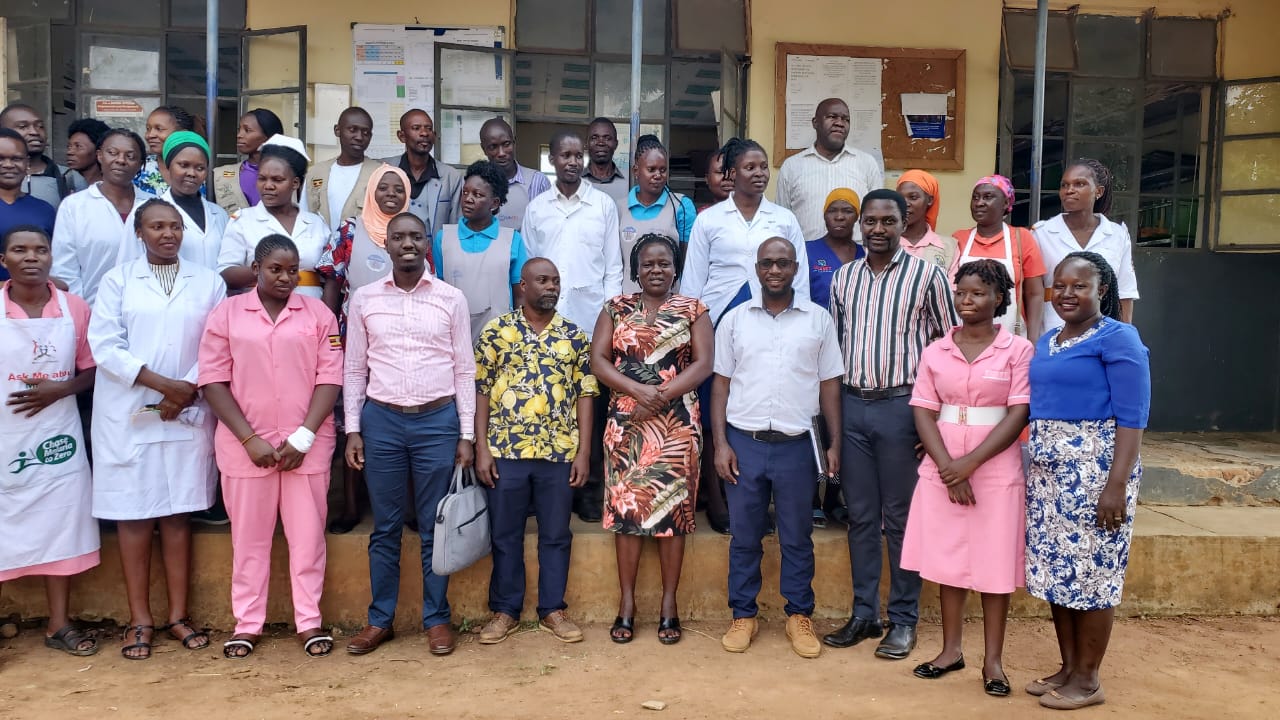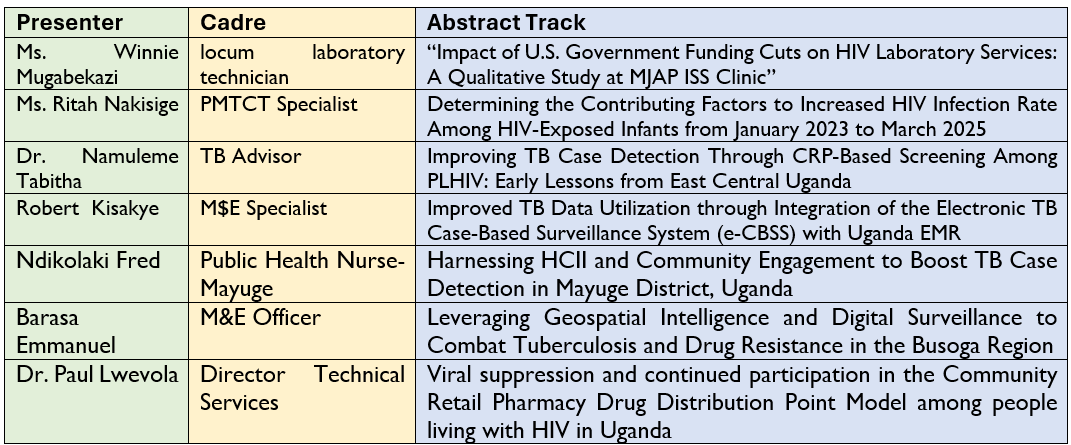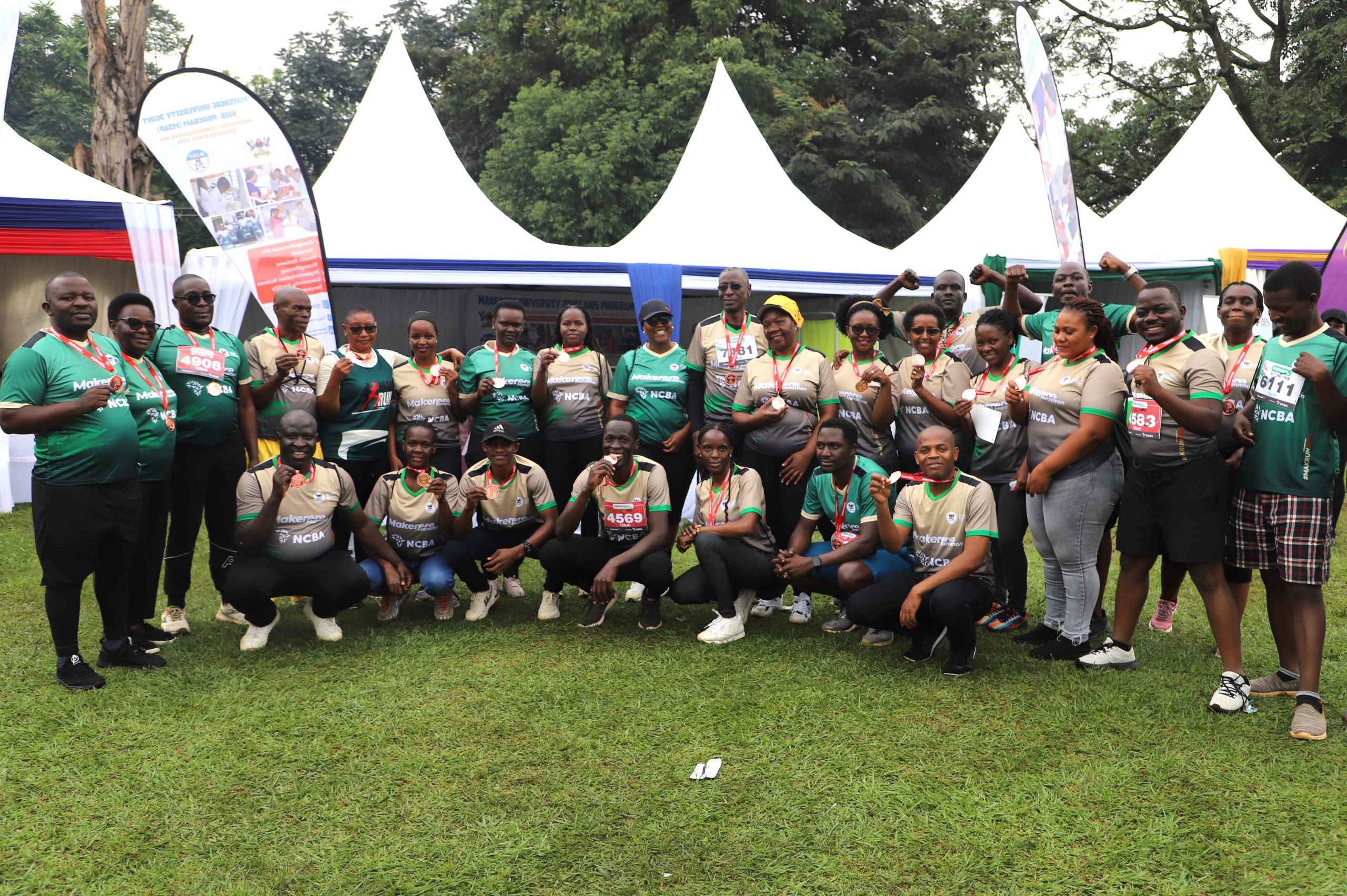In Uganda, HIV care is increasingly being integrated into broader healthcare services. This includes integrating HIV services with non-communicable diseases (NCDs) like hypertension and diabetes. Additionally, mental health services are being integrated into HIV clinics to address the mental health needs of individuals living with HIV. The Ministry of Health has also phased out standalone HIV/AIDS and TB clinics, integrating their services into general outpatient and chronic care units.
Following this policy directive, Namutumba District embarked on integrating HIV services into routine health care. Namutumba District has 7 ART sites, namely, Nsinze HCIV, Namutumba HCIII, Ivukula HCIII, Nabisoigi HCIII, Madaga HCIII, Bulange HCIII, and Kagulu HCIII, with a total TX CURR of 3,686. Of these sites, 4 sites, namely, Namutumba HCIII, Ivukula HCIII, Kagulu HCIII, and Nsinze HCIV, have taken steps in ensuring integration happens by assigning government staff to ART clinics, re-adjusting processes, and rebranding.
Key to note is Namutumba HCIII, which has made remarkable progress in integrating HIV/AIDS services into routine healthcare delivery through adopting the mixed OPD Model. The facilit,y through this model, aimed at establishing a patient-centered, one-stop center, improving access to quality diagnosis, treatment, and disease management, optimizing human resources, and enhancing data management and reporting across all cascades.
Namutumba HCIII is implementing a Mixed OPD model, where all clients are seen at OPD, sharing the same waiting area; ART and other chronic care services are integrated, with assigned staff guiding clients and ensuring confidentiality. To achieve this milestone, the team held several integration meetings with support from the DPS and site-based staff, the in-charge developed operationalization memos to guide teams, assigned government staff to oversee ART service integration, and MJAP conducted capacity-building CMEs for staff with support and used allocated PHC funds to re-arrange clinic spaces to create one waiting area and dispensing areas.
In this model, the in charge, Namutumba HCIII Ms Gorretti Kyebbaja, with support from MJAP staff, engaged with her team and changed the clinic process by;
- Ensuring all Clients seen are seen at OPD, same waiting area.
- Ensuring ART and DM, HTN, etc, files are pre-retrieved and taken to one examination room.
- Assigned staff at the former ART area continue to guide and redirect clients based on the new client flow.
- Triaging health workers guide clients on which room the patient enters.
- Another clerk’s room was created at the OPD
- The former data room was remodeled to create a bigger Pharmacy space to accommodate Clients inside during dispensing for confidentiality.
- An additional volunteer was assigned at the dispensary to cater to the increased number of clients (ART and general patients) for dispensing.
- The former ART room was remodelled to create space for a central Data room, counselling room, and board room.
Support from MJAP during Integration and Progress Made.
During this period, MJAP, led by the District Program Specialist, offered technical support through regular presentations and guidance, Mentorships on HIV HIV/TB management and viral load health information exchange, ensuring site-based MJAP staff support and sharing experience. According to the Namutumba HCIII team this integration model will improve access to comprehensive care, reduce stigma, and enhance patient experience. The integration processes are being monitored through routine client feedback



